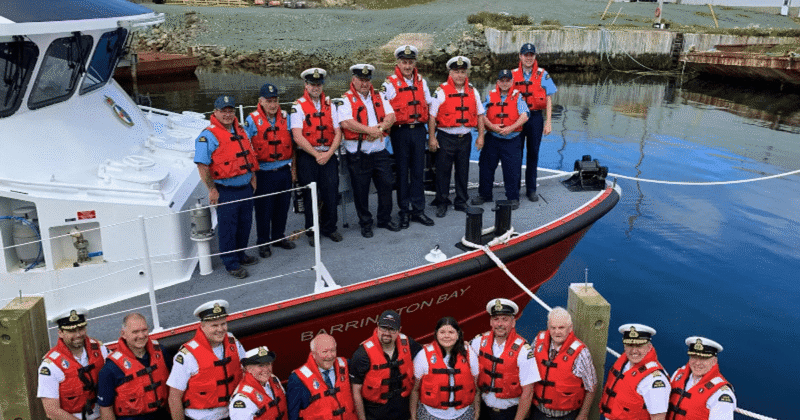The investigation into the ferry incident revealed that the evacuation procedures were inadequate, with only six crew members responsible for the safety of over 900 passengers. This situation was exacerbated by the crew having to juggle multiple tasks on the vessel, making it difficult to manage the evacuation effectively. As a result of these findings, the Committee recommends that Transport Canada implement a formal validation and approval process for passenger vessel evacuation procedures to ensure the safety of all passengers in the future.
Additionally, it was discovered that on journeys lasting less than 12 hours, children and infants were not counted separately from the total number of passengers on board. This meant that the number of passengers on the ferry was estimated and tracked using a hand-held counting device, without taking into account those who may require special assistance or monitoring. This oversight could have serious consequences in the event of an emergency evacuation.
In light of these shortcomings, it is crucial for Transport Canada to address these issues and improve the evacuation procedures on passenger vessels. By implementing a formal validation and approval process, the safety of all passengers, including children, infants, and those who may need special assistance, can be better ensured. This will help prevent similar incidents from occurring in the future and protect the well-being of everyone on board passenger ferries.


















